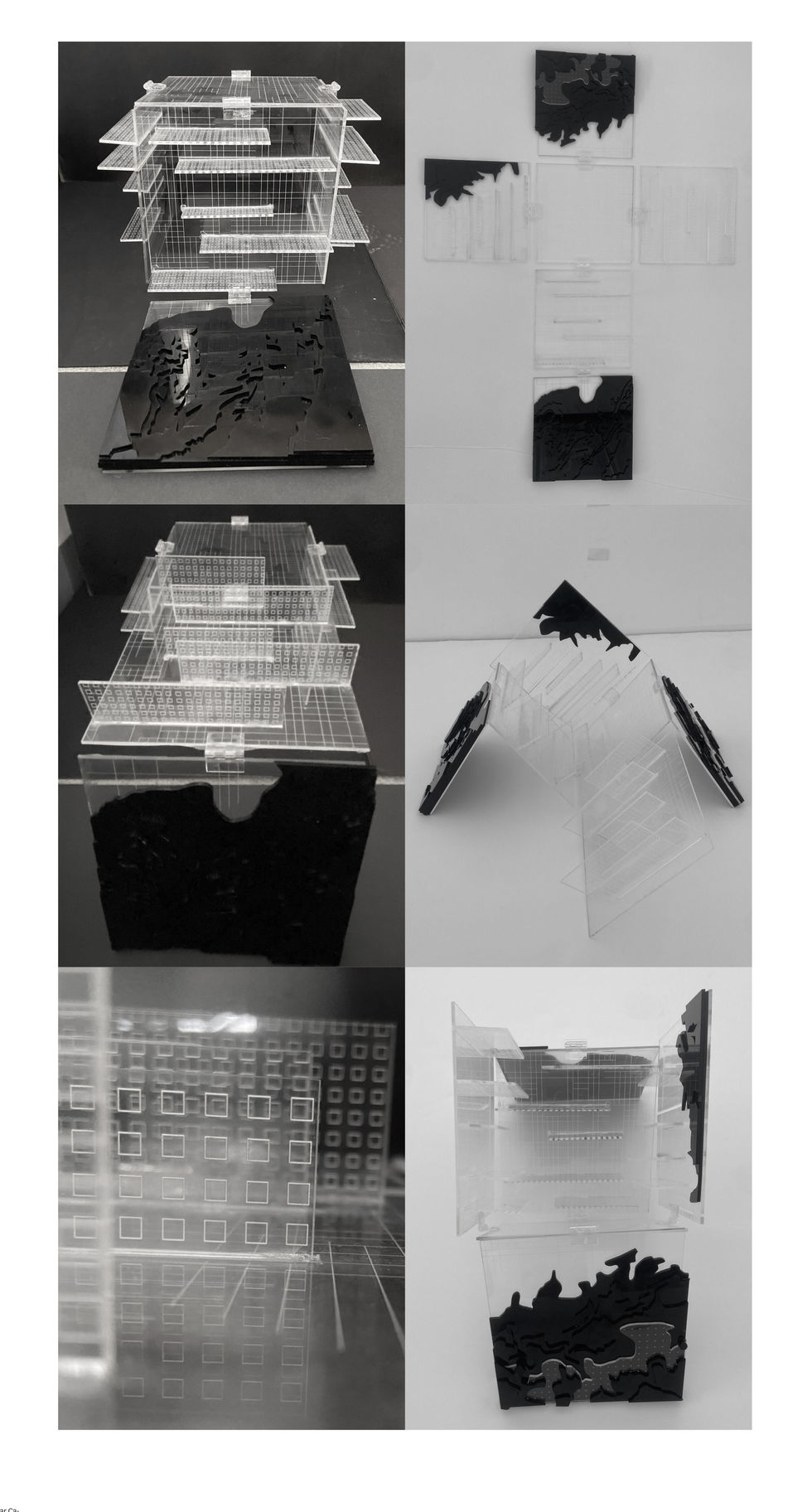ADRIAN PORTER MLA
Create Your First Project
Start adding your projects to your portfolio. Click on "Manage Projects" to get started
Landscapes of Contagion
Project type
Studio
Semester
4
Location
Southern California
Date
January, 2023
As food networks reach pancontinental proportions a heavy reliance on 4 major crops has created vulnerabilities in the system. Coupled with this sensitive system is the loss of genetic diversity within these commodity crops. Loss of small-scale farms, which initially provided broad genetic diversity have been replaced with large industrial agriculture and seed tech companies, who have patented genetic sequencing of crops to build global monopolies for seed trade. Through analyzing disease causation throughout 3 standard variables; Host, Environment, and Pathogen we begin to see the multiscale dependencies that influence plant pathology. Host analysis is concerned with the spatiality and uniformity of genetics within crop cultivars. Through GIS analysis we begin to see global trends where each primary crop's fractional proportions per grid cell have become dangerously high, meaning less genetic diversity and crop variety within the region. This creates a genetic vulnerability amongst crops as low genetic variety allows crop pathogens a higher chance of infection (refer to pathogen diagram). Secondly, Environmental analysis is concerned with the future implications of climate change on latitudinal shifts of temperature dependent fungal and oomycete pathologies. Studies show that driven by global warming pathogen burden will decrease throughout the tropics and increase further to the polls. Lastly through understanding the life cycle of currently one of the world’s most dangerous pathogens, Wheat Stem Rust, we understand the spatio-temporal patterns that promote pathogen burden within industrial agricultural conditions.







